(ECNS) -- The official theme for Earth Day 2024, "Planet vs. Plastic," has raised wide concern over the pervasive presence and potential environmental impact of microplastics and "new pollutants."
The Chinese government first included new pollutants as an emerging threat in its annual work report for 2022.
New pollutants differ from conventional equivalents like sulfur dioxide, nitrogen oxides and PM2.5, containing a large variety of types and with more items to be identified.
Policies in place
The State Council in 2022 released an action plan to strengthen the control of new pollutants, vowing to significantly improve the country's treatment capacity by 2025.
The plan depicted a three-step route map of screening, estimation, and control, and made specific arrangements from regulation establishment, and source management, to end governance.
Earlier this year, in a document related to the Beautiful China Initiative, new pollutant control was again stressed in realizing the “zero-waste city” drive, which targets a 60 percent coverage by 2027.
Measures taken across ministries and provinces
A cross-ministry coordination group on new pollutant control with the Minister of Ecology and Environment as leader and members from various government organs has convened two conferences, taking systematic and coordinated steps towards new pollutant control.
Southwest China's Sichuan Province and Chongqing municipality are making concerted efforts to promote new pollutant control by launching joint investigations and monitoring as well as risk assessment of chemicals.
Jiangsu, as the pilot province, chose two industrial areas for environmental monitoring of new pollutants; Anhui Province focused on whole-process monitoring and environment information investigation, carrying out lawful inspections on the production and processing of chemical products; Inner Mongolia Autonomous Region has launched a pilot project for the investigation and risk assessment of new pollutants in the Yellow River Basin, conducting targeted screening and quantitative monitoring of new pollutants.
"The combat against some new pollutants requires global action," said Hu Jianxin, a professor at the School of Environmental Science and Engineering, Peking University.
"Some new pollutants can migrate across international borders with air, water, or migratory species and accumulate in areas far from their emission points, causing global environmental pollution," Hu added.








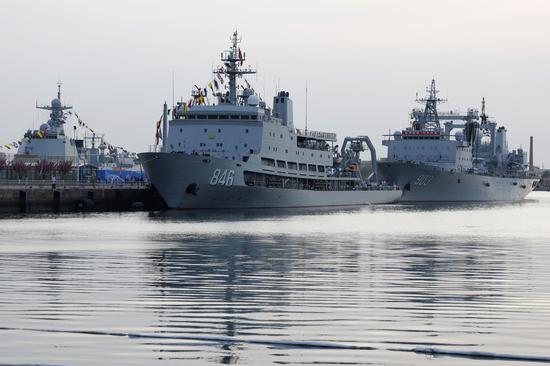
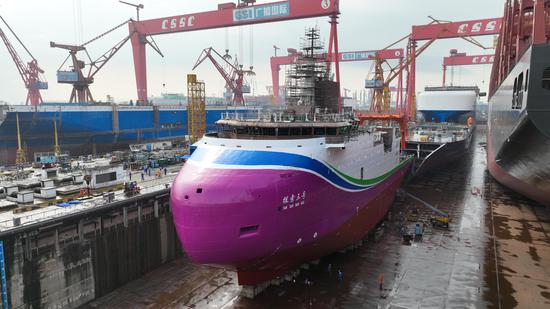
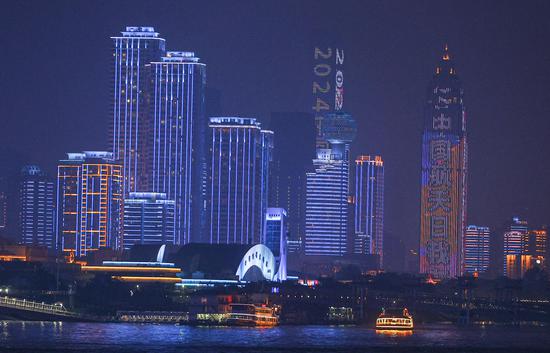
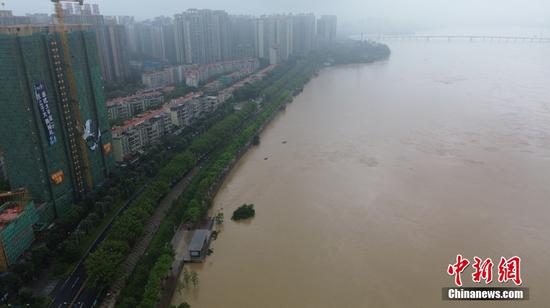

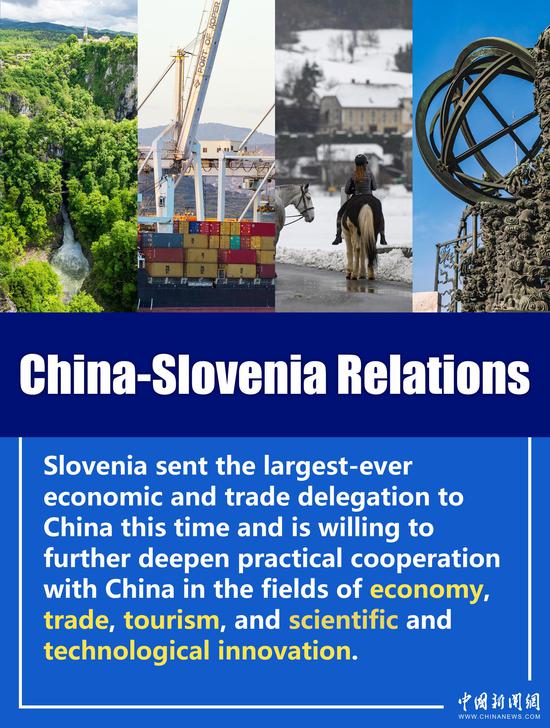
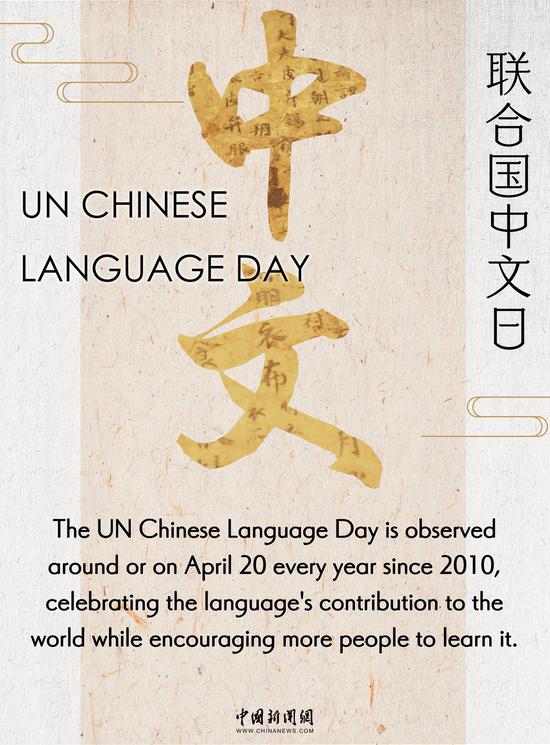
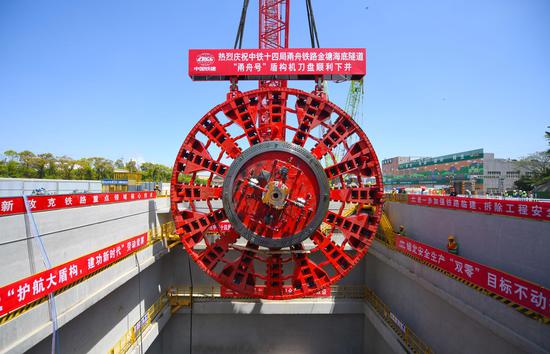
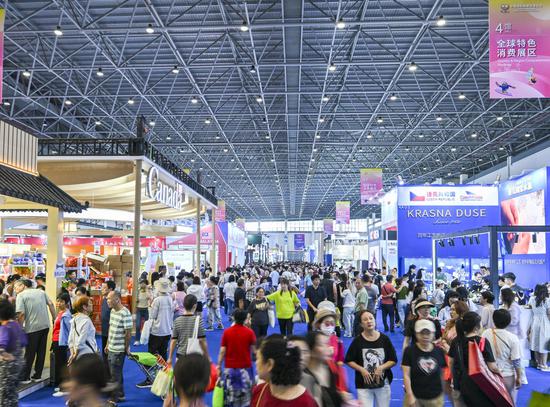
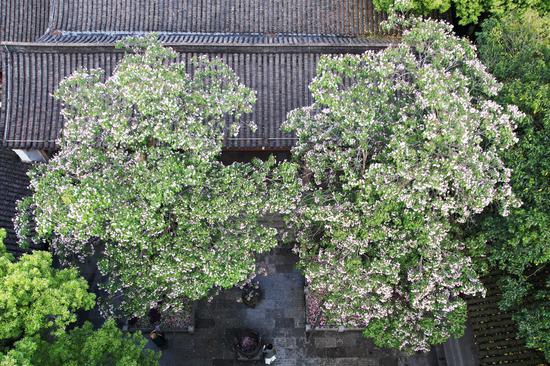
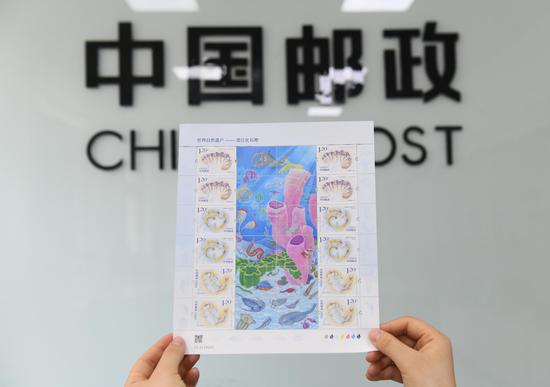
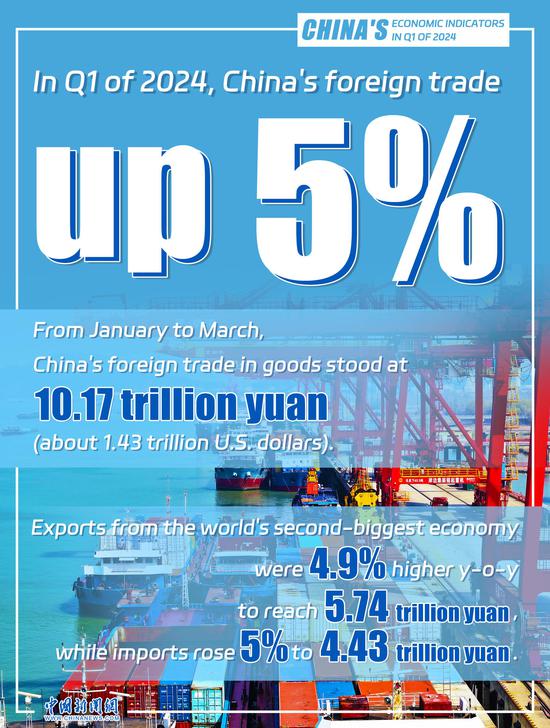


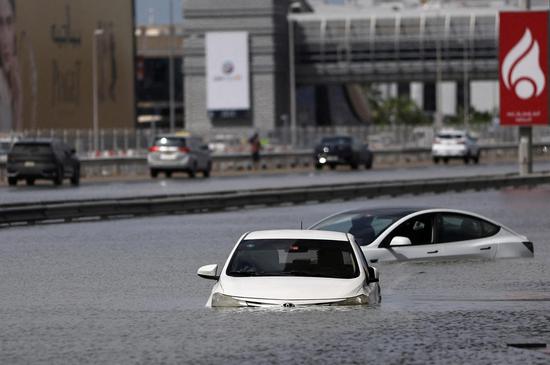

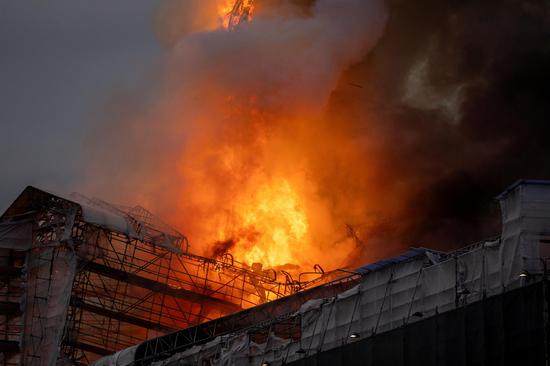
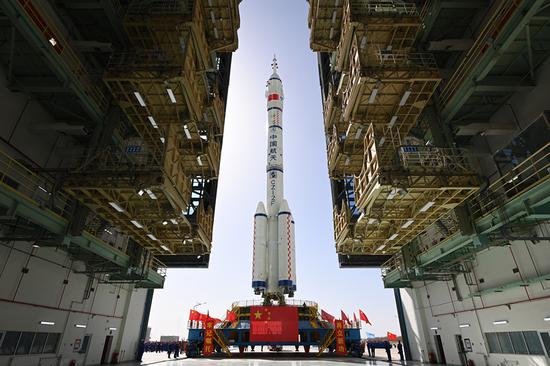



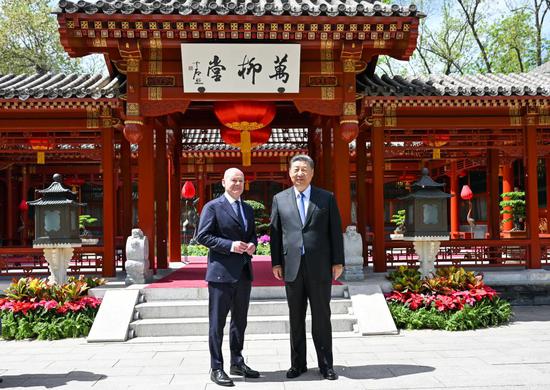
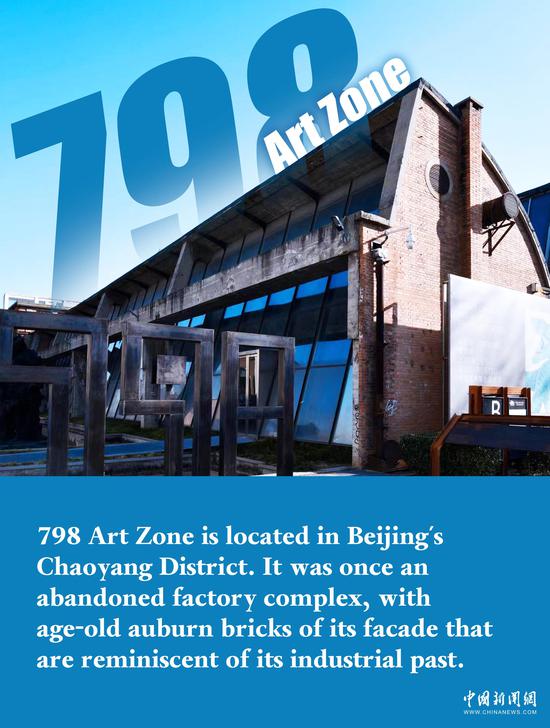

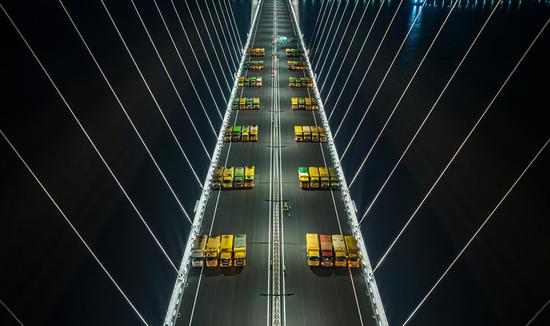
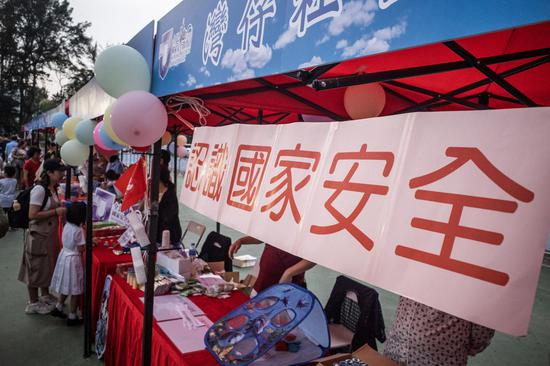



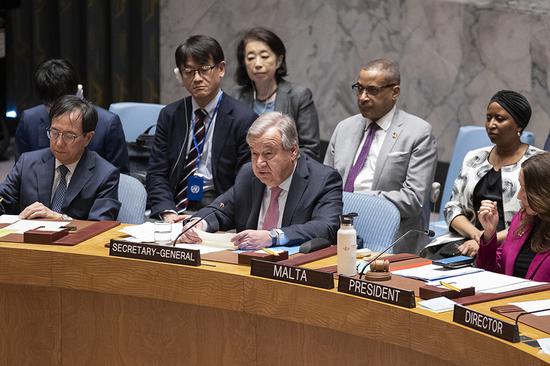
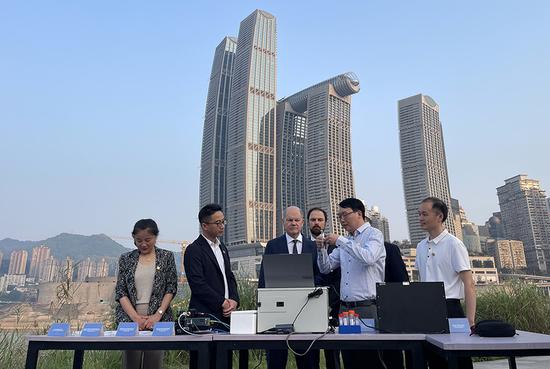
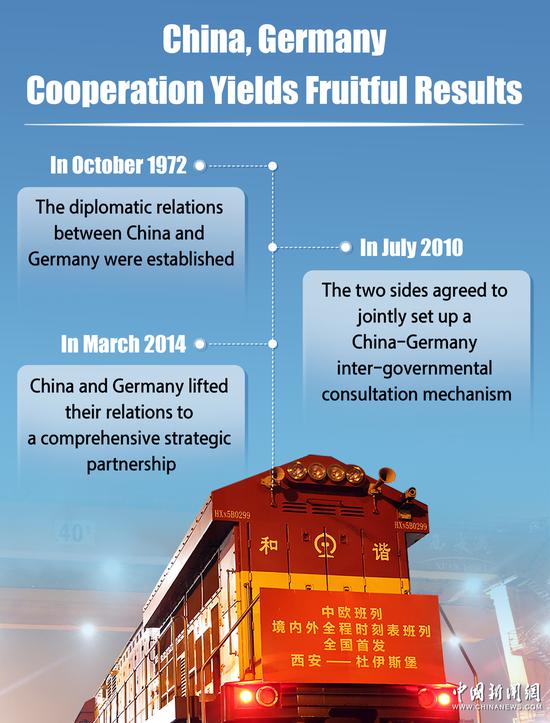

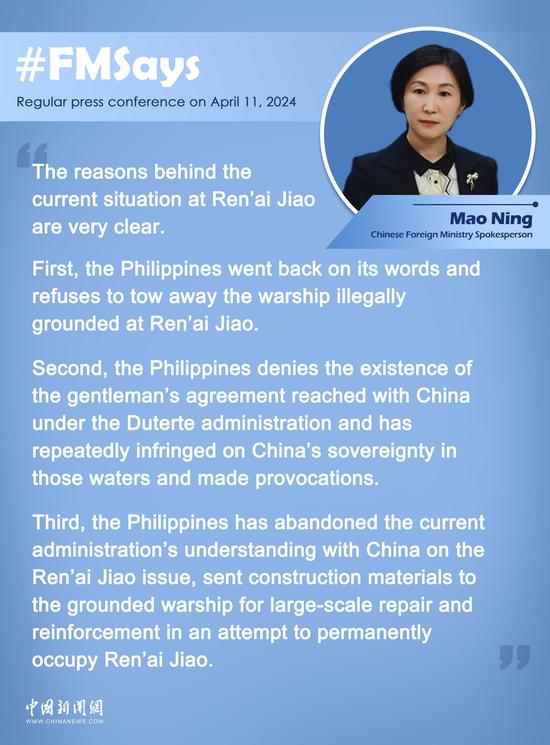
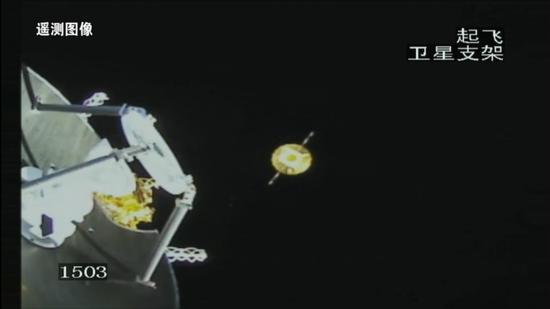
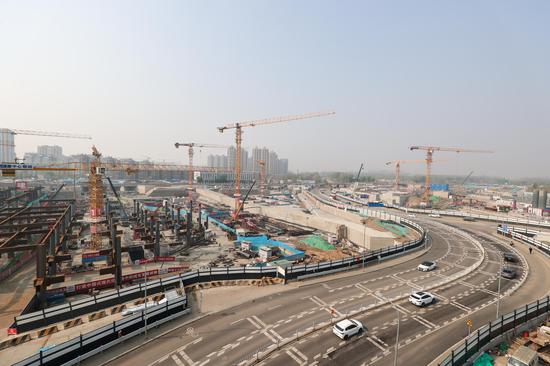






 京公网安备 11010202009201号
京公网安备 11010202009201号